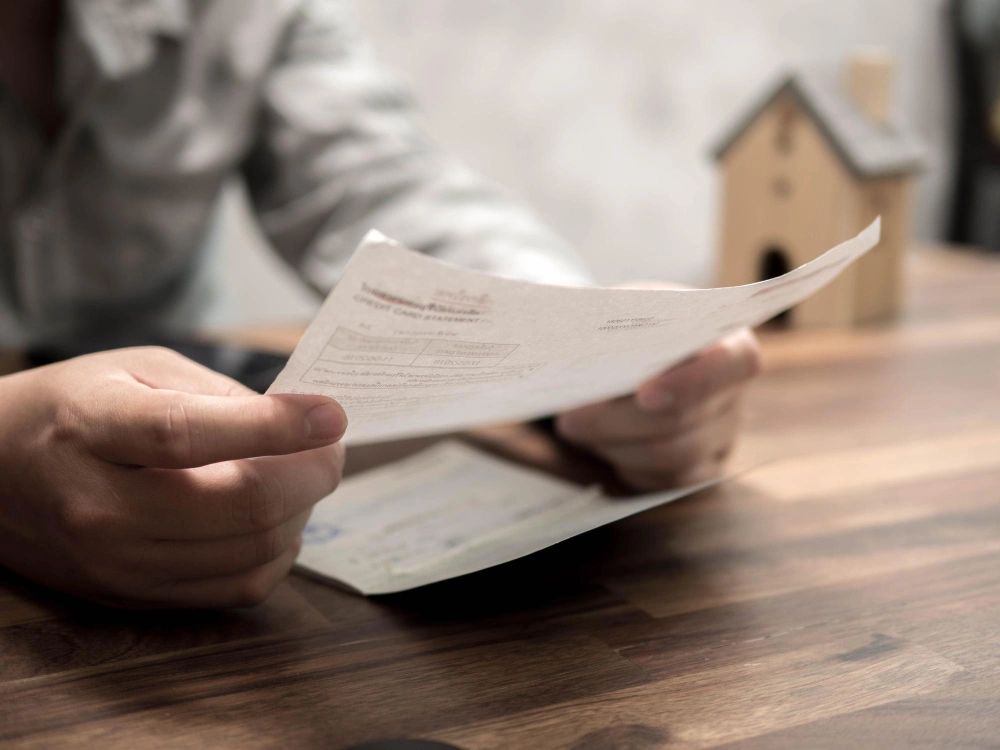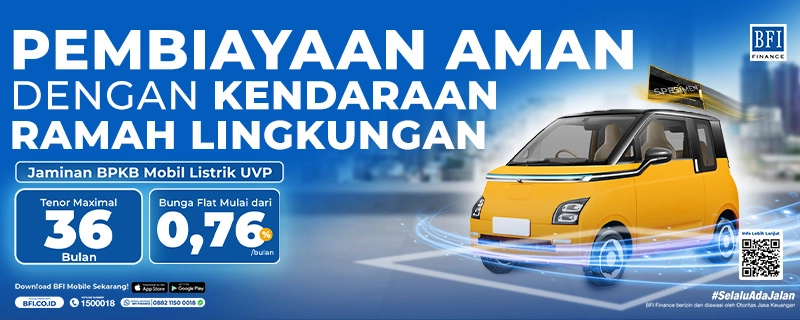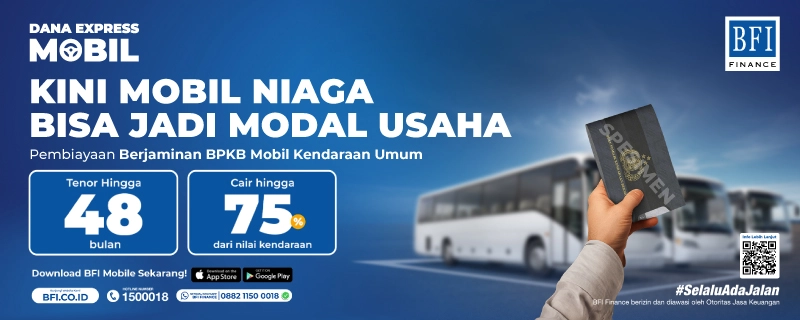In the business world, a debt collection letter serves as a reminder for debtors to settle their obligations according to the agreed terms.
This letter is usually issued by a creditor who has provided loans, goods, or services, and functions similarly to a billing letter or invoice.
To ensure the collection process runs effectively, it’s important to understand how to properly draft this letter. Below is a detailed explanation of debt collection letters.
What Is a Debt Collection Letter?
A debt collection letter is an official document issued by a creditor to a debtor to request payment of an outstanding obligation.
It includes details such as the amount owed, due date, and payment deadline.
In the business context, this letter serves as a formal communication tool to remind the debtor of their responsibilities and can act as written evidence in the event of a dispute related to the debt.
Functions of a Debt Collection Letter
After understanding the concept, it’s also essential to know the main functions of a debt collection letter in maintaining smooth business transactions and relationships. Here are some key purposes:
1. Debt Reminder
A debt collection letter serves as an official reminder for debtors who may have forgotten or are unaware of their payment obligations.
2. Prevents Bad Debts
Sending a debt collection letter shows the creditor’s seriousness in demanding payment. This encourages the debtor to pay promptly, helping to prevent bad debts.
3. Proof of Transaction
A debt collection letter acts as an official record of the payment obligation from debtor to creditor and can be used as evidence in case of legal disputes.
4. Legal Basis for Debt Settlement
If the debt issue escalates to legal proceedings, the debt collection letter can serve as written proof that the creditor has followed proper collection procedures.
Debt Collection Letter Format
Generally, a debt collection letter is issued by a creditor when a debtor has failed to fulfill their payment obligation past the due date.
While formats may vary depending on purpose and institutional policies, here’s a general structure that can serve as a reference:
1. Letterhead
Contains the creditor’s identity and contact details—such as company name, address, phone number, email, and logo. Always use an official letterhead to ensure professionalism and authenticity.
2. Date
Indicates when the letter was created or issued. This provides a clear timeline reference for the collection process.
3. Letter Number
A unique code or identifier that helps in administrative tracking and record management.
4. Recipient’s Address
Ensure the recipient’s address is written clearly and completely to avoid delivery delays or errors.
5. Subject Line
States the purpose of the letter, such as “Debt Collection Letter” or “Payment Reminder Letter,” helping the recipient quickly understand its intent.
6. Salutation
Includes polite greetings such as “Dear Sir/Madam” or “Respectfully.” This maintains professionalism and courtesy while clearly addressing the intended recipient (the debtor).
7. Letter Body
This section outlines the main purpose of the letter—to request payment. It usually includes:
-
Transaction details: invoice number, date, order number, and description of goods or services.
-
Payment due date: the agreed-upon deadline.
-
Consequences: actions that may be taken if payment is not made, such as legal action or asset seizure.
-
Total amount due: including interest, fines, or fees (if applicable).
-
Negotiation options: possible payment flexibility, discounts, or installment offers.
-
Payment methods: bank transfer, check, or cash.
8. Closing Statement
Typically includes appreciation or polite reminders, such as “Thank you for your attention” or “Please confirm your payment soon.”
9. Signature
Includes the name, title, and signature of the creditor or company representative to validate the letter’s authenticity.
10. Contact Information
Provides the address, email, or phone number for follow-up or payment confirmation.
Understanding the definition, functions, and examples of debt collection letters is crucial—especially for business owners—to ensure smooth payments and maintain healthy business relationships.
Speaking of business, financial management plays a key role in long-term stability.
To support your business finances, you can take advantage of financing solutions from BFI Finance.
They offer various financing options tailored to your needs, including loans secured by motorcycle BPKB, car BPKB, or house/shop certificates.
All BFI Finance services are officially licensed and supervised by the Financial Services Authority (OJK), ensuring a secure and trustworthy loan process.
Achieve your financial goals and grow your business with confidence, because #SelaluAdaJalan with BFI Finance.






